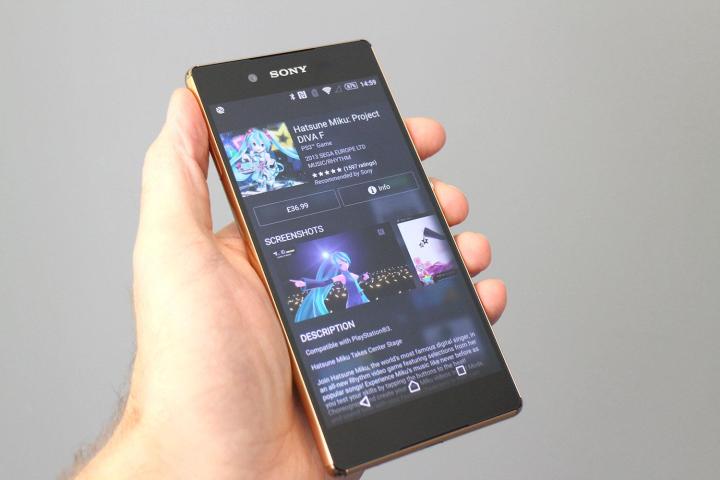
The Xperia Z3, at first blush, might seem like an odd choice — it’s almost three years old, after all, and two generations behind Sony’s flagship Z5 — but there’s historical precedent. Last year, Sony announced its Open Device program, a company-wide initiative aimed at granting developers greater access to the under-the-hood code on the Xperia Z3 and Sony’s bevy of other mobile devices. As part of the program, it made public the necessary configuration files, drivers, and binaries (the proprietary bits that Sony uses to adapt Android for its devices, in other words) for installing the Android M Developer preview on the Xperia Z3, and even published instructions on how to do so. It followed suit with updated files for for
Getting the Android N Developer preview up and running on the Z3 isn’t too much more difficult than
The installation process may sound simple enough, but a word to the wise: While the Android N Developer Preview packs a bunch of cool and desirable features like multi-window app view, a battery-saving Doze mode, and bundled notifications, its bound to have a few kinks ahead of its official release. And the version specific to the Xperia Z3 lacks many of Sony’s additions to
So, what’s the Xperia Z3’s Android N gain mean more broadly? Probably not much. Security concerns and carrier relationships have manufacturers reluctant to let developers install vanilla distributions of
Editors' Recommendations
- The first Android 14 preview is here, and these are its 3 biggest changes
- The Galaxy Z Fold 3 isn’t better than the Oppo Find N, and that’s a good thing
- The second Android 12 Developer Preview brings more privacy controls and tweaks
- Moto Z4 vs. Moto Z3 vs. Moto Z2 Force: Is the newest Moto Z the best Moto Z?
- Moto Z4 vs. Google Pixel 3a XL: Smartphone spec comparison

